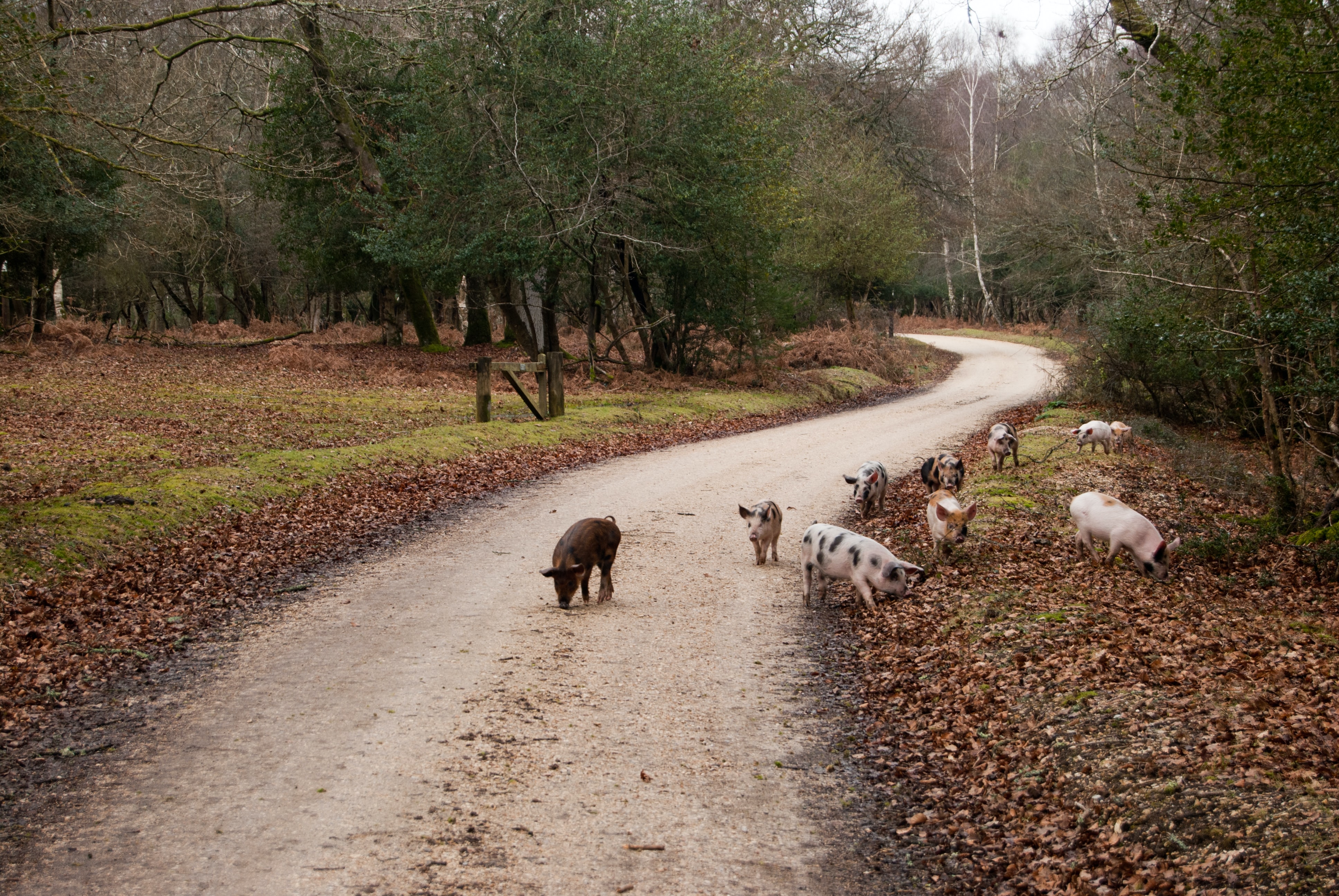Creating a wildlife habitat on your farm may at first seem like a low priority when every acre counts. However, wildlife havens can in fact boost your yields by acting as carbon sinks and encouraging natural pest control, as well as playing a part in creating a greener future by increasing biodiversity.
Birds can enhance crop yields, eating up insect pests that destroy cultivated plants. Animals like deer and foxes can graze in areas where crops are not planted or are sparsely distributed. This helps suppress weed growth, which increases soil health and improves water retention capabilities.
The rewilding of farmland is already an established movement in some areas of the UK, including a project in Norfolk, which has turned over 25% of its land to nature; allowing ponies, cattle and pigs to manage the landscape by grazing. The intention is to store carbon, support nature, mitigate flood risk and generate jobs within the local community. In East Anglia, more than 80 farmers have responded to a call to return a hefty 20% of their land back to nature. The process behind this pledge is undemanding and involves farming in straight lines and precise squares, leaving the uneven edges to grow wild. This is not only a simpler method of farming but also helps regenerate soil and provide a home for wildlife.
The Government is moving away from rewarding the ownership and intensive farming of land, instead focusing on wildlife, nature and the climate and compensating farmers for undertaking positive environmental work.
However attractive the opportunity to rewild may sound, it is not without its challenges. Rewilding takes up land that could otherwise be used for crops, potentially leading to a shortfall and increased importation of food — increasing the carbon footprint we are trying to shrink. The National Farmers’ Union (NFU) does not believe that rewilding large areas of land is ‘an economically or socially realistic option,’ stating that a combination of opportunities, such as on-farm carbon storage and productive systems that return carbon to the soil, are more practical long-term options. For many farms, it may not be a solution and could, in fact, cause more issues than it solves.
Perhaps the truth is that rewilding and farming can exist together – perhaps by starting small and repurposing the edges of the land, as shown by the East Anglian project. Who knows what could grow from there?
To find out more how our agriculture experts can help you and your business, please click here.
